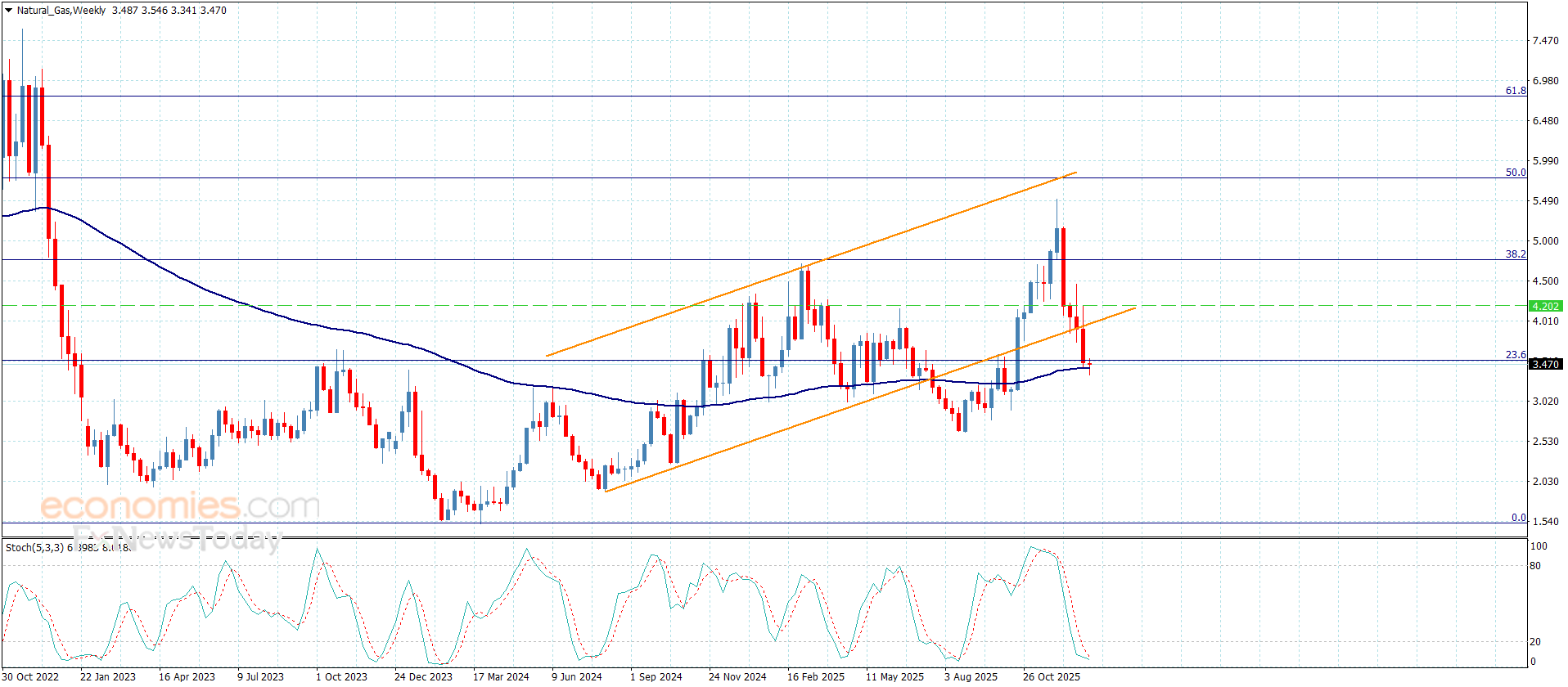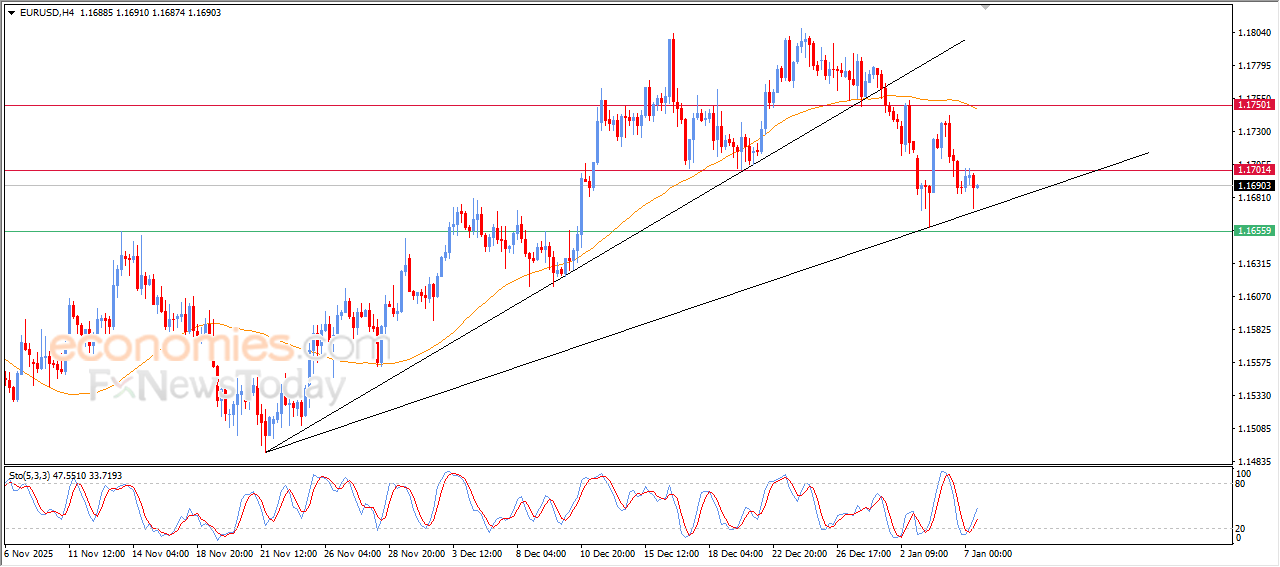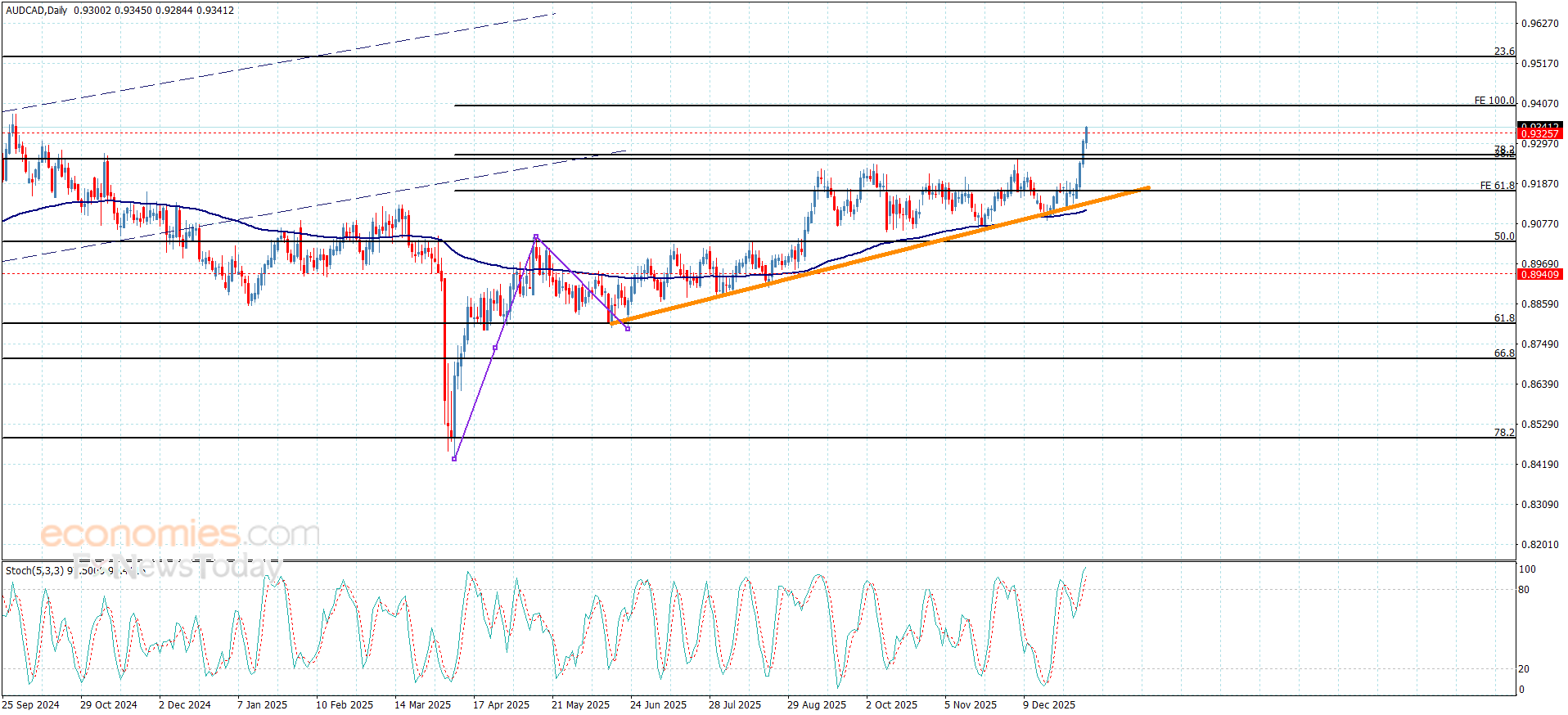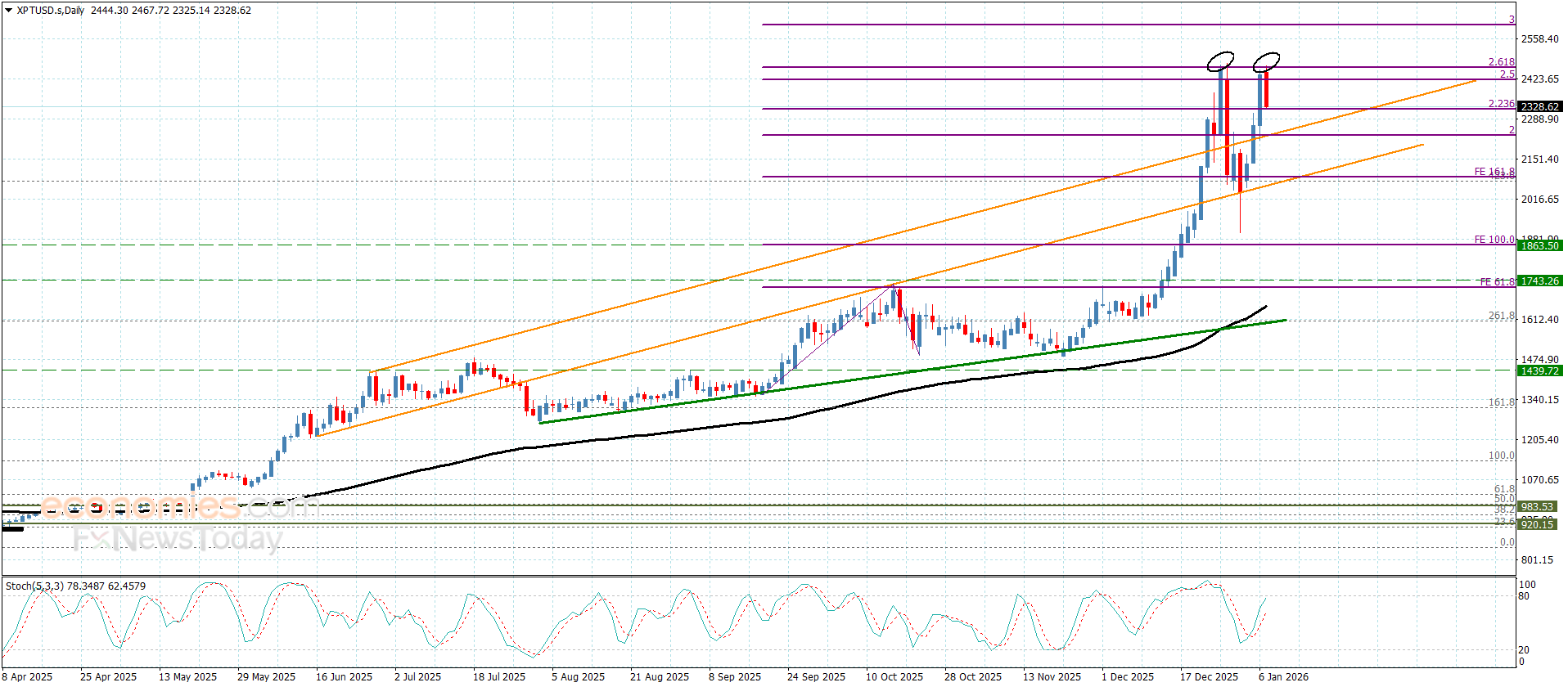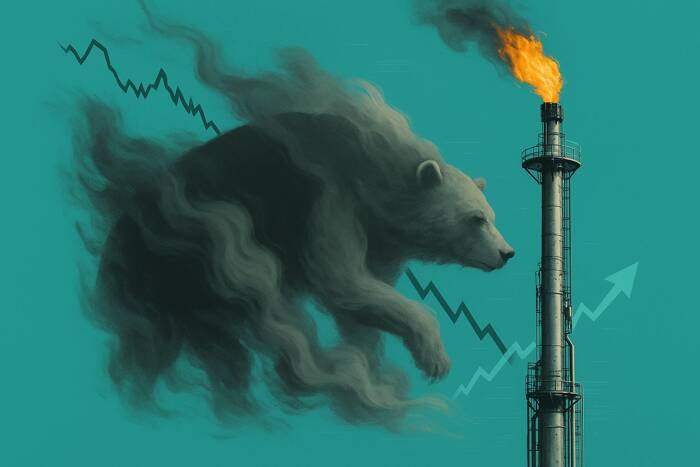February WTI crude oil (CLG26) today is closed down -0.81 (-1.42%), and February RBOB gasoline (RBG26) is down -0.007 (-0.04%).
Crude oil and gasoline prices are under pressure today, with crude falling to a 2-week low. Crude prices tumbled today after the US lifted sanctions on Venezuelan crude exports and President Trump said Venezuela’s interim authorities agreed to give up as many as 50 million bbl of “high-quality sanctioned oil” to the US.
Don’t Miss a Day: From crude oil to coffee, sign up free for Barchart’s best-in-class commodity analysis.
Crude prices recovered from their worst level after weekly EIA crude inventories fell more than expected. Also, heightened geopolitical tensions are supportive for crude after the US seized a Russian-flagged oil tanker for sanction violations. In addition, today’s rally in the S&P 500 to a new record high shows confidence in the economic outlook that is supportive of energy demand,
Concerns about energy demand are negative for crude prices after Saudi Arabia on Monday cut the price of its Arab Light crude for February delivery to customers for a third month.
Morgan Stanley predicted that a global oil market surplus is likely to expand further and peak mid-year, pressuring prices, as it cut its crude price forecast for Q1 to $57.50/bbl from a prior forecast of $60/bbl, and cut its Q2 crude price forecast to $55/bbl from $60/bbl.
Vortexa reported Monday that crude oil stored on tankers that have been stationary for at least 7 days fell -3.4% w/w to 119.35 million bbl in the week ended January 2.
Strength in Chinese crude demand is supportive for prices. According to Kpler data, China’s crude imports in December are set to increase by 10% m/m to a record 12.2 million bpd as it rebuilds its crude inventories.
Crude garnered support after OPEC+ on Sunday said it would stick to its plan to pause production increases in Q1 of 2026. OPEC+ at its November 2025 meeting announced that members would raise production by +137,000 bpd in December, but will then pause the production hikes in Q1-2026 due to the emerging global oil surplus. The IEA in mid-October forecasted a record global oil surplus of 4.0 million bpd for 2026. OPEC+ is trying to restore all of the 2.2 million bpd production cut it made in early 2024, but still has another 1.2 million bpd of production left to restore. OPEC’s November crude production fell by -10,000 bpd to 29.09 million bpd.
Ukrainian drone and missile attacks have targeted at least 28 Russian refineries over the past four months, limiting Russia’s crude oil export capabilities and reducing global oil supplies. Also, since the end of November, Ukraine has ramped up attacks on Russian tankers, with at least six tankers attacked by drones and missiles in the Baltic Sea. In addition, new US and EU sanctions on Russian oil companies, infrastructure, and tankers have curbed Russian oil exports.
Last month, the IEA projected that the world crude surplus will widen to a record 3.815 million bpd in 2026 from a 4-year high of over 2.0 million bpd in 2025.
Last month, OPEC revised its Q3 global oil market estimates from a deficit to a surplus, as US production exceeded expectations and OPEC also ramped up crude output. OPEC said it now sees a 500,000 bpd surplus in global oil markets in Q3, versus the previous month’s estimate for a -400,000 bpd deficit. Also, the EIA raised its 2025 US crude production estimate to 13.59 million bpd from 13.53 million bpd last month.
Today’s weekly EIA inventory report was mixed for crude and products. On the negative side, EIA gasoline supplies rose +7.7 million bbl to a 10-month high, a larger build than expectations of +2.0 million bbl as US gasoline demand tumbled to a 1-year low of 8.17 million bpd. Also, EIA distillate stockpiles rose 5.59 million bbl to a 1-year high, a larger build than expectations of +1.1 million bbl. In addition, crude supplies at Cushing, the delivery point of WTI futures, rose by +728,000 bbl. On the positive side, EIA crude inventories fell by -3.83 million bbl, a larger draw than expectations of -1.0 million bbl.
Today’s EIA report showed that (1) US crude oil inventories as of January 2 were -4.1% below the seasonal 5-year average, (2) gasoline inventories were +1.6% above the seasonal 5-year average, and (3) distillate inventories were -3.1% below the 5-year seasonal average. US crude oil production in the week ending January 2 was down -0.1% w/w to 13.811 million bpd, just below the record high of 13.862 million bpd from the week of November 7.
Baker Hughes reported last Tuesday that the number of active US oil rigs in the week ended January 2 rose by +3 rigs to 412 rigs, recovering from the 4.25-year low of 406 rigs posted in the week ended December 19. Over the past 2.5 years, the number of US oil rigs has fallen sharply from the 5.5-year high of 627 rigs reported in December 2022.
On the date of publication, Rich Asplund did not have (either directly or indirectly) positions in any of the securities mentioned in this article. All information and data in this article is solely for informational purposes.For more information please view the Barchart Disclosure Policy here.
More news from Barchart
- Why ConocoPhillips Is One of the Top Oil Stocks to Buy After Venezuela
- Why is Crude Oil Stuck in Neutral?
- How Low Can Crude Oil’s Price Fall?
- Energy in Q3- Lower Prices and Seasonality in Q4?
